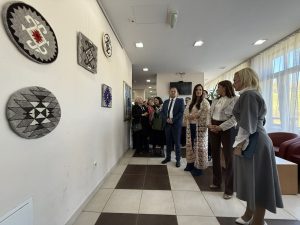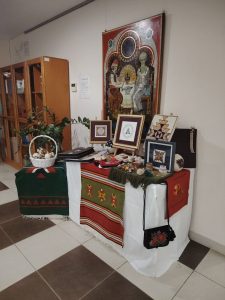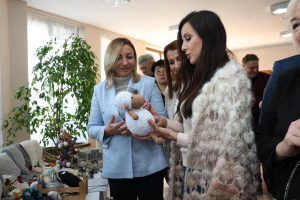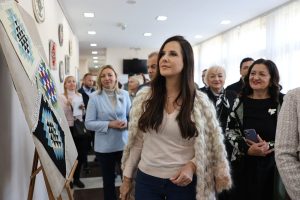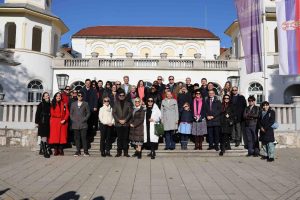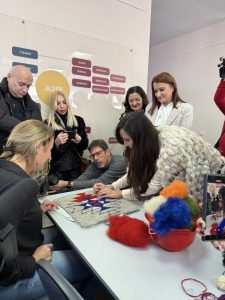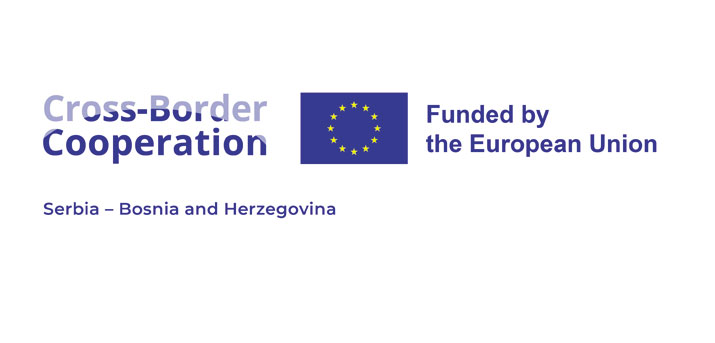Loznica, November 17, 2024 – The Diplomatic Day of the third annual Felting Colony in Loznica was held with the presence of Serbia’s First Lady Tamara Vučić, institutional representatives, and members of the diplomatic corps. Talented women from Serbia and Bosnia and Herzegovina showcased their handcrafted works created using the traditional felting technique.
Guardians of heritage from Serbia and BiH presented their works at the Science and Education Center in Tršić during this regional colony organized by NALED and the Ethno Network, in partnership with the Bosnian association BH Crafts. The event is part of the “Together for Cultural Tourism” project, supported by the European Union.
Serbia’s First Lady, Tamara Vučić, emphasized the importance of such colonies and gatherings for preserving cultural heritage.
“Our cultural heritage is the essence of our nation, and it is the responsibility of each of us to contribute to its preservation. Without this effort, we risk losing the thread and continuity of everything we are, embodied in our rich tradition, history, and culture,” said Tamara Vučić.
Minister without portfolio Tatjana Macura highlighted the importance of empowering women artisans economically and promoting their crafts as diplomatic, tourist, and corporate gifts.
Deputy Mayor of Loznica, Petar Gavrilović, noted that the felting colony is gradually becoming a tradition, thanks to continuous efforts to preserve ethno traditions and revive long-forgotten crafts.
Richard Maša, Head of Operations Section at the EU Delegation to Serbia, stated that the European Union strongly supports the preservation of culture, tradition, and heritage.
“Shared cultural heritage reflects the rich history and diversity of the Western Balkans. This project engaged nearly 200 women artisans from Serbia and BiH, showcasing joint efforts and collaboration to overcome challenges,” Maša remarked.
British Ambassador Edward Ferguson congratulated all those involved in the project, expressing confidence that Serbia and BiH share more commonalities than differences.
“These handcrafted works are a source of national pride, reflecting both your national history and modern society,” Ferguson concluded.
